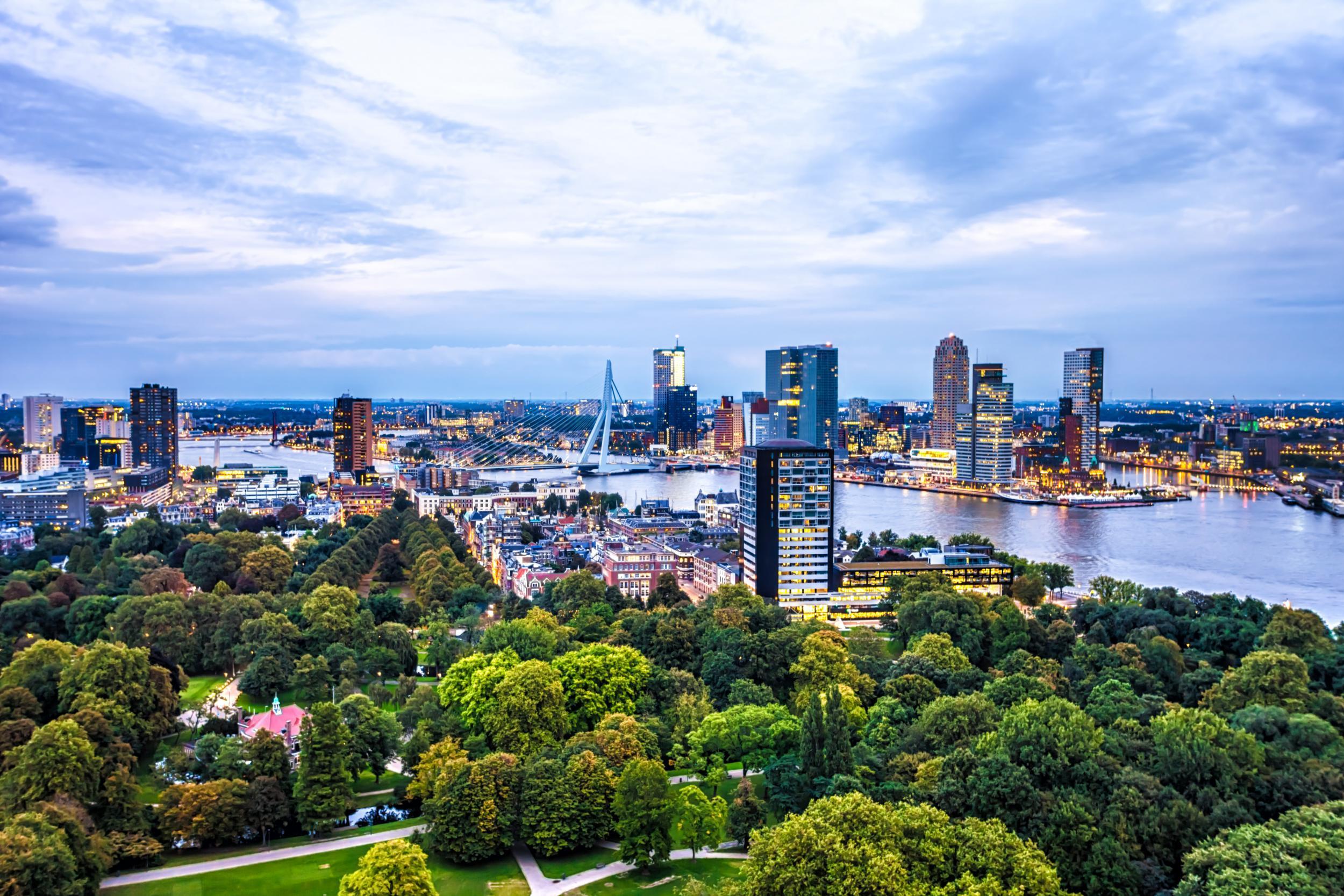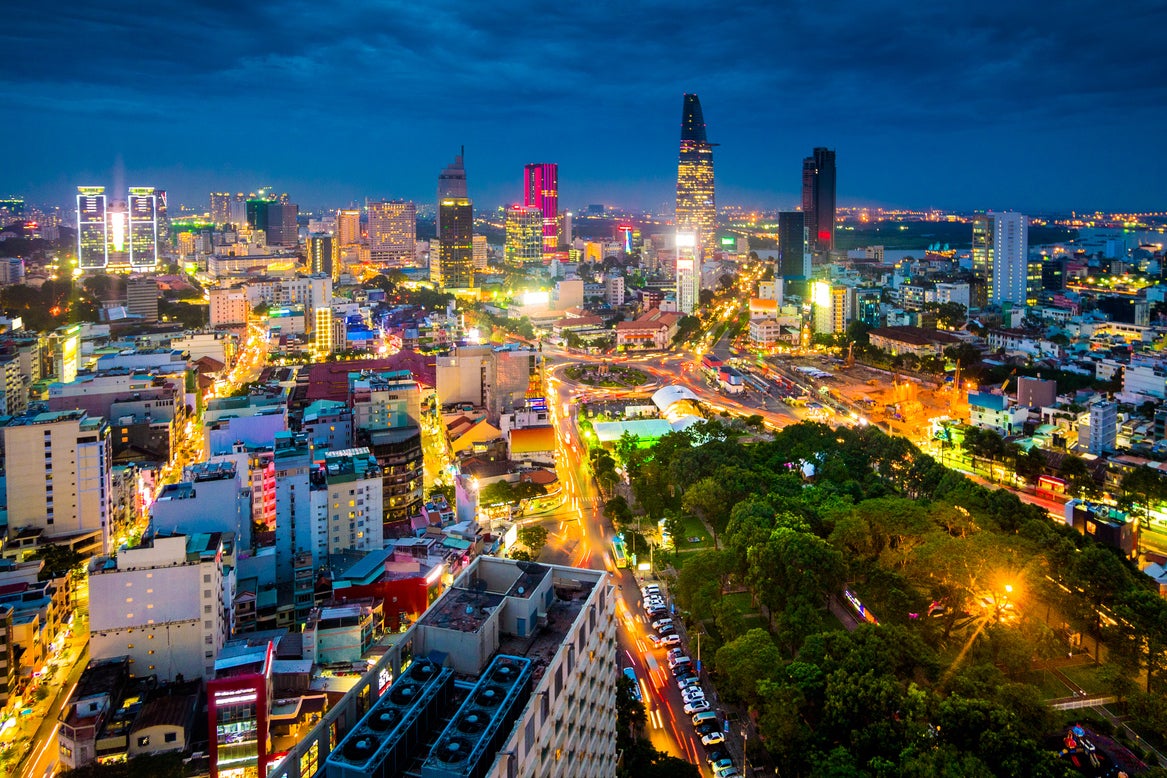These are the places that have opened up to travellers over the past 10 years
The decade has seen an extraordinary blossoming of air links and opening up, says Cathy Adams

The start of this decade wasn’t quite as momentous a moment of geopolitical opening up. Rather, the past 10 years has seen more countries become more accessible than ever, thanks to a loosening of restrictions and increased air links.
For starters, there’s been an extraordinary blossoming of connections, and never has it been easier and cheaper to get to most places around the world. The most recent statistics from the airline trade body International Air Transport Association (Iata) show that, globally, 2.4 billion people caught flights in 2010 compared to 4.4 billion in 2018, with that number only set to increase as we go into the next decade. Last year, 22,000 pairs of cities were connected by commercial flights, up 1,300 since 2017 and double the number at the end of the last millennium.
The past few years have made it possible for passengers to travel to the other side of the world on a single flight. Last spring, Qantas launched a nonstop service from London to Perth in Western Australia, which flies the 9,000 miles between the two cities in just over 17 hours; while Singapore Airlines relaunched its 9,529 mile-long Singapore-New York link, the longest commercial flight in the world.
Berlin Wall anniversary – in photos
Show all 20European train links have flourished too – Eurostar, which celebrated its 25th birthday in November, now links Britain to the Netherlands. Train travel elsewhere has boomed: Virgin Trains has been thrown out of the UK but has popped up in Florida, with a new line linking Miami and West Palm Beach, and a link to Orlando slated for 2022.
Travellers have seen budget transatlantic airlines emerge (Norwegian, which now has a comprehensive network from Europe to the Americas) and then shut down (WOW Air and Primera). The UK has seen two moribund airports – Carlisle Lake District and London Southend – brought to life by the Stobart Group. Southend reinforces the British capital’s airport system as the biggest and busiest in the world, despite not building a single new full-length runway since the Second World War.

Countries have one key tool at their disposal to either welcome or deter tourism: visas. And during the past 10 years, plenty of nations have relaxed their rules and dropped draconian visa processes. According to the latest Henley Passport Index, produced by a UK-based migration consultancy, British passport holders can now access 184 countries either visa-free or on arrival, placing the country sixth behind the Asian nations of Japan, Singapore and South Korea and European nations including Germany, Portugal and Finland.

Let’s start with Saudi Arabia. No other country in modern times has been through quite as dramatic an opening up as this Middle Eastern nation. At the end of September, the Saudi government announced it would be issuing electronic tourist visas to residents of 49 countries, including the UK.
However controversial the renewed tourism push might be – the news of the visas came a week before the first anniversary of the murder of Saudi journalist Jamal Khashoggi – the new visas allow travellers relative untrammelled access to the formerly reclusive Kingdom, which is nine times the size of the UK. Besides well-established pilgrimage tourism to Mecca, the Saudis wants to attract tourists to see its archaeological treasures such as Madain Saleh, built by the same ancient civilisation that built Petra in Jordan – although it’s not scheduled to open to the public as a fully-fledged tourist attraction until next October.

Former Soviet Asia has also opened up. Over the three years, since the death of dictator Islam Karimov, Uzbekistan has been through a period of incredible tourism reform. E-visas have been introduced, and for citizens of the European Union, no visa is required at all.
The Caucasus, too, is blossoming. Georgia has become a hotspot: official figures show that a record 8.7 million people visited in 2018, flown in by new routes from Georgian Airways and Wizz Air from the UK to Tbilisi and Kutaisi respectively after it expanded a visa-free policy in 2014.
And what of its neighbour, Armenia? UK visitors can stay for 180 days a year visa-free, and increasingly they have a handful of westernised hotels including a new Marriott Luxury Collection and a Ramada to bed down in. Ryanair is flying in from several European airports in 2020, but not yet from the UK.

Going further East, China introduced a transit visa scheme in 2013 that allows citizens from 53 countries to stay for up to three or six days without a visa, provided they’re coming from one country and departing to a third. It’s since been expanded to offer access to 27 cities and regions. That stopover in Beijing, Shanghai, Guangzhou or perhaps Xi’an to see the terracotta warriors has never been easier – though in October 2019, hundreds of British travellers hoping to take advantage of the option were inexplicably turned away arbitrarily, causing stress and expense.
In southeast Asia, conscious of its neighbour Thailand’s relaxed rules for tourists, Vietnam eased its visa rules in the summer of 2015, which coincided with Vietnam Airlines’ launch of direct flights from Heathrow to Hanoi and Ho Chi Minh City. British holidaymakers can now enter Vietnam for up to 15 days without a visa.

While some countries haven’t ditched the paperwork entirely, e-visas have mushroomed in popularity, making it far easier for holidaymakers to apply for one, without the need to make an expensive trip to the embassy in central London.
India’s notoriously convoluted visa process was hacked down to a simplified e-visa (although it still requires multiple pages of information); while its island neighbour Sri Lanka also converted to e-visas. This year, following the devastating Easter Sunday terrorist attacks, Sri Lanka axed visa fees for British travellers entirely if they arrive before the end of January 2020.

Meanwhile, this summer, Russia, which in 2018 experimented with looser entry requirements with its World Cup visas, pledged to introduce e-visas in 2021 for some EU countries – although unfortunately not for British citizens. Non-UK Europeans can already get e-visas limited to St Petersburg and a few other cities.
Sadly, over the past decade, there are also examples of places where tourism has become nigh-on non-existent, with Syria being the most high-profile example. Iran is increasingly dangerous to visit, particularly for dual Iranian-British citizens, while Venezuela is one of a handful of countries to which Britain’s Foreign and Commonwealth Office (FCO) now advises against travel.
Lastly, we couldn’t not mention Europe. From 2021, British holidaymakers to the continent will need to apply in advance for a visa waiver to visit the continent. The European Travel Information and Authorisation System (Etias) system will require citizens from 61 countries outside the Schengen area to apply for pre-authorisation to visit Europe, at a cost of €7 for three years.
As we go into 2020, here’s hoping that the world remains as open as it should be.
Subscribe to Independent Premium to bookmark this article
Want to bookmark your favourite articles and stories to read or reference later? Start your Independent Premium subscription today.

Join our commenting forum
Join thought-provoking conversations, follow other Independent readers and see their replies
Comments